Hyderabad has recently been ranked as the second most expensive residential market in India, according to Knight Frank India’s Affordability Index 2024. The city’s housing market is becoming increasingly unaffordable, with an average household spending about 30% of its monthly income on home loan EMIs. This affordability ratio has remained steady for the past three years, indicating that the cost of homeownership in Hyderabad continues to place pressure on residents. While this might seem concerning, it is important to consider the broader context, including economic conditions and the stability of housing prices, which has contributed to maintaining the current affordability levels.
Key Findings from the Affordability Index
Hyderabad is ranked as the second most expensive housing market in India, just behind Mumbai. Residents in the city spend approximately 30% of their monthly income on home loan EMIs, a ratio that has remained steady since 2022, reflecting the ongoing challenges of affordability despite the city's economic growth. In comparison, Mumbai remains the most expensive market.
Mumbai vs. Hyderabad: A Comparative Analysis
While Hyderabad’s housing market is the second most expensive in India, it is still far more affordable than Mumbai. Mumbai, with its extreme property prices, has an affordability ratio of 50%, which means that households there spend half of their monthly income on home loan EMIs. In contrast, Hyderabad’s ratio is 30%, making it a relatively more affordable option for homebuyers compared to India’s financial capital. While Hyderabad offers better affordability compared to Mumbai, the city still faces challenges in terms of rising prices and the impact on household budgets.
Affordability Comparison with Other Cities:
- Ahmedabad: Most affordable with an affordability ratio of 20%.
- Pune: Affordability ratio of 23%.
- Kolkata: Affordability ratio of 24%.
- Bengaluru: Affordability ratio of 27%.
- National Capital Region (NCR): Affordability ratio of 27%.
- Chennai: Affordability ratio of 25%.
This data reflects the growing challenges faced by residents in major cities, particularly Hyderabad, where housing costs are rising, and affordability continues to be a key issue. Despite this, the affordability ratios across most cities have remained relatively stable due to steady income growth and consistent interest rates.
The Role of Interest Rates and Economic Growth
The affordability of housing in India, including Hyderabad, has been influenced by several economic factors, most notably interest rates. The Reserve Bank of India (RBI) played a crucial role in shaping the affordability landscape over the past decade. During the COVID-19 pandemic, the RBI cut the repo rate to historically low levels, which significantly improved housing affordability. However, between May 2022 and February 2023, the central bank increased the repo rate by 250 basis points to combat inflation, which temporarily raised housing costs and decreased affordability. Since then, interest rates have remained stable, allowing household incomes to catch up with rising property prices.
RBI’s Impact on Affordability:
- Lower interest rates between 2010 and 2021 improved affordability.
- Repo rate hikes between May 2022 and February 2023 temporarily tightened affordability.
- Since February 2023, rates have remained steady, allowing income growth to help maintain affordability.
Despite the tightening effect of higher interest rates, the stable economic environment in Hyderabad has helped support affordability. The city’s consistent performance in terms of affordability ratios is a sign of the broader economic stability, even as property prices continue to rise.
Rising Demand and Housing Sales Growth
Demand for residential properties in Hyderabad has surged, with Knight Frank India reporting an annualized growth rate of 23% since 2020. This growth has been driven by several factors, including the ongoing recovery from the COVID-19 pandemic and changing buyer preferences. Many people now view homeownership as a long-term investment and a stable financial asset, especially in uncertain times. As a result, the housing market in Hyderabad has shown resilience, even in the face of increasing prices.
Key drivers of this demand include:
- Steady Income Growth: Rising incomes have allowed many households to manage higher property prices.
- Stable Inflation: Controlled inflation has helped maintain the cost of living, despite increasing property prices.
- Interest Rate Stability: Interest rates have been relatively stable since 2023, which supports homebuyers' financial planning.
- Projected Trends in Housing Demand
The housing market in Hyderabad is expected to continue its upward trajectory, with residential sales reaching multi-year highs by the end of 2024. Knight Frank India projects that the trend will extend into 2025, driven by robust economic growth and increasing demand for residential properties. The Reserve Bank of India (RBI) has forecasted a GDP growth of 6.6% for FY 2025, which further strengthens the outlook for the housing market.
This positive outlook for the housing market in Hyderabad highlights the importance of affordability and the role it plays in sustaining demand. As the economy continues to grow and household incomes rise, the housing market is likely to remain strong, with developers and investors seeing continued opportunities in the city’s real estate sector.
Way Forward
Hyderabad's housing market faces the challenge of balancing demand with affordability. While the city's economic stability, steady income growth, and relatively stable interest rates make it more accessible compared to higher-cost markets like Mumbai, rising demand for housing continues to strain affordability. To sustain its growth, stakeholders, including developers and policymakers, must prioritize creating affordable housing options, ensuring infrastructure development aligns with urban expansion, and closely monitoring factors such as interest rates and income growth. By addressing these critical challenges, Hyderabad can continue to offer accessible housing while fostering long-term economic growth.

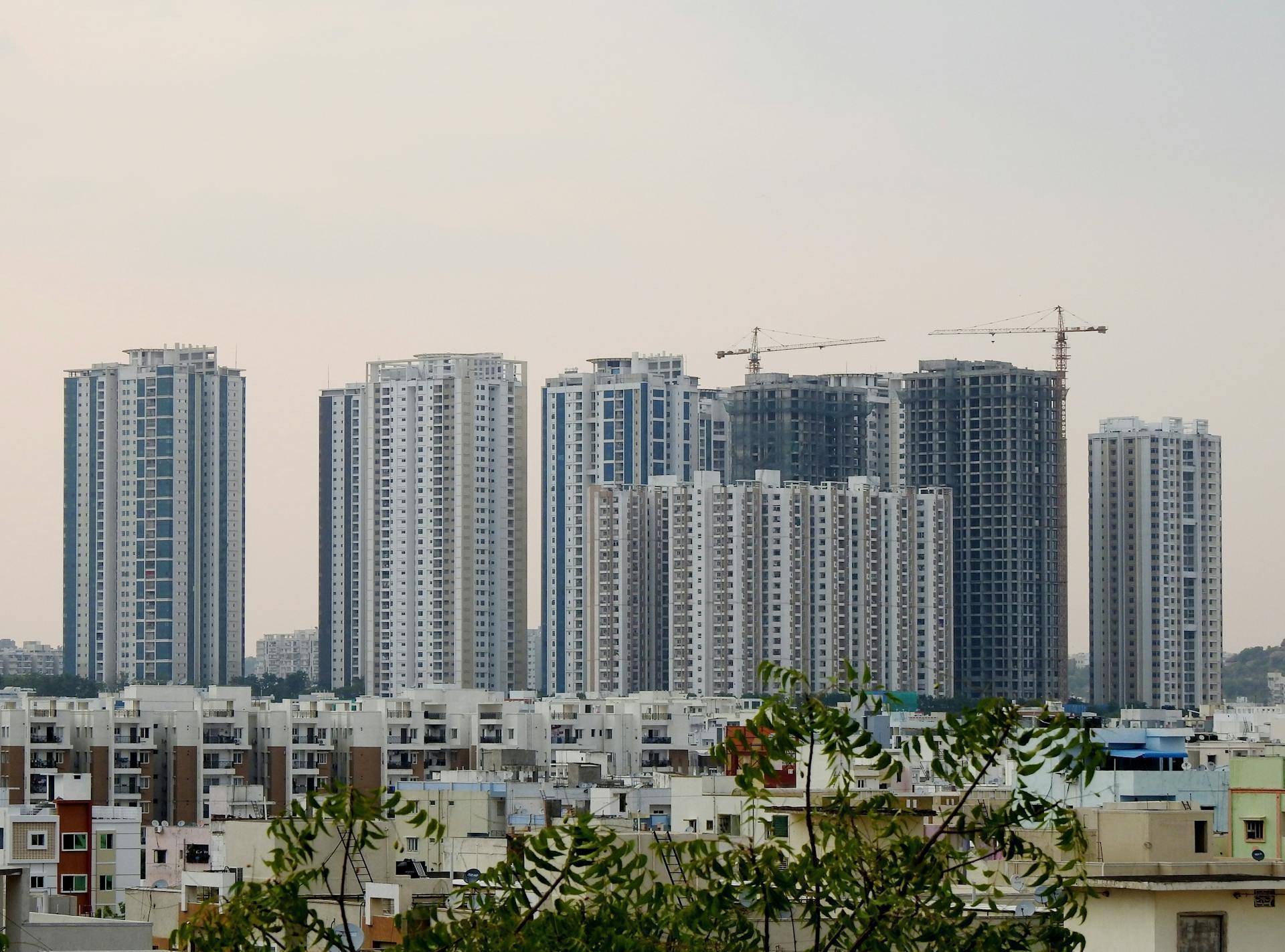


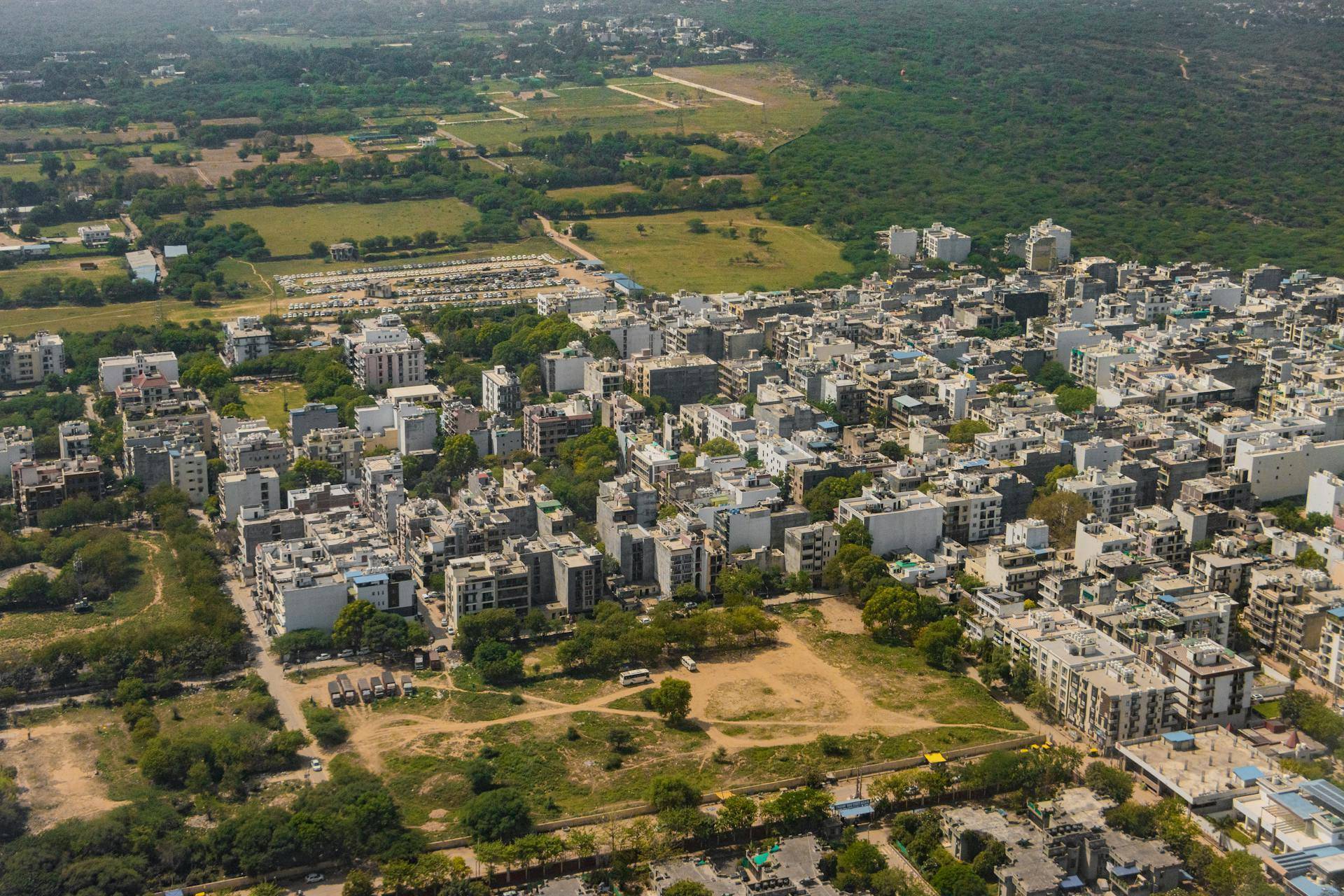
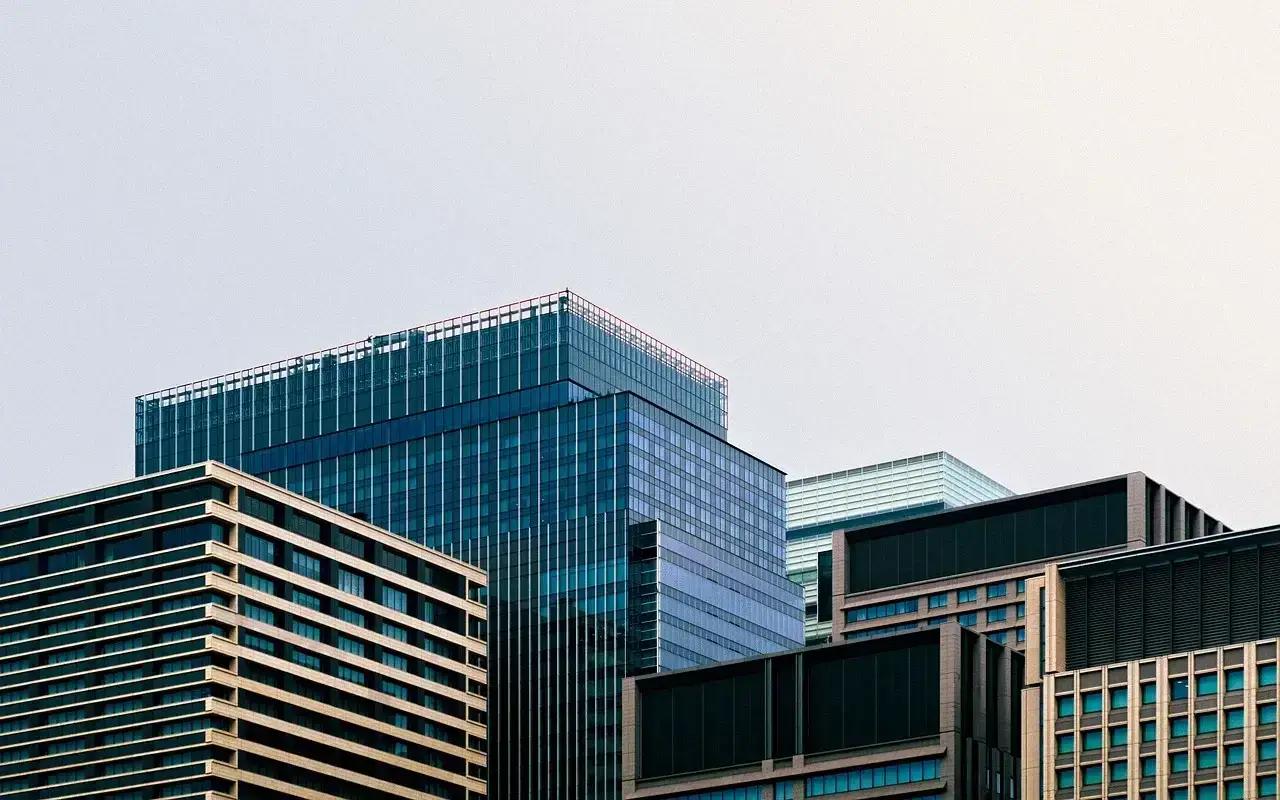
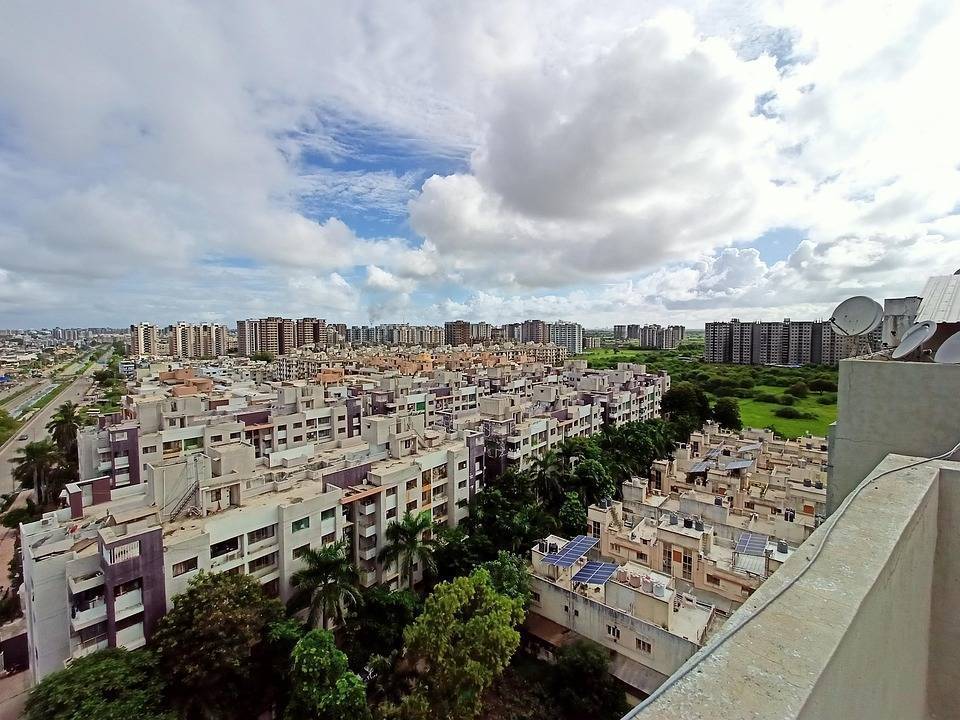
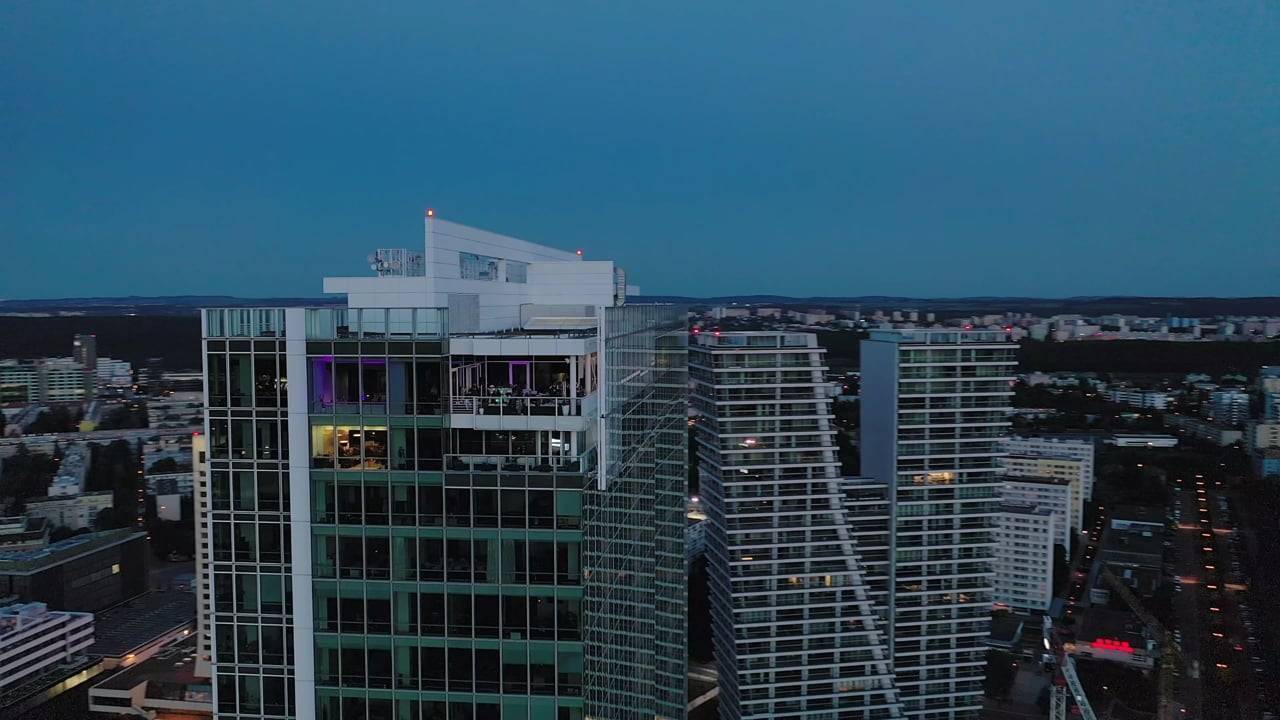

.png)